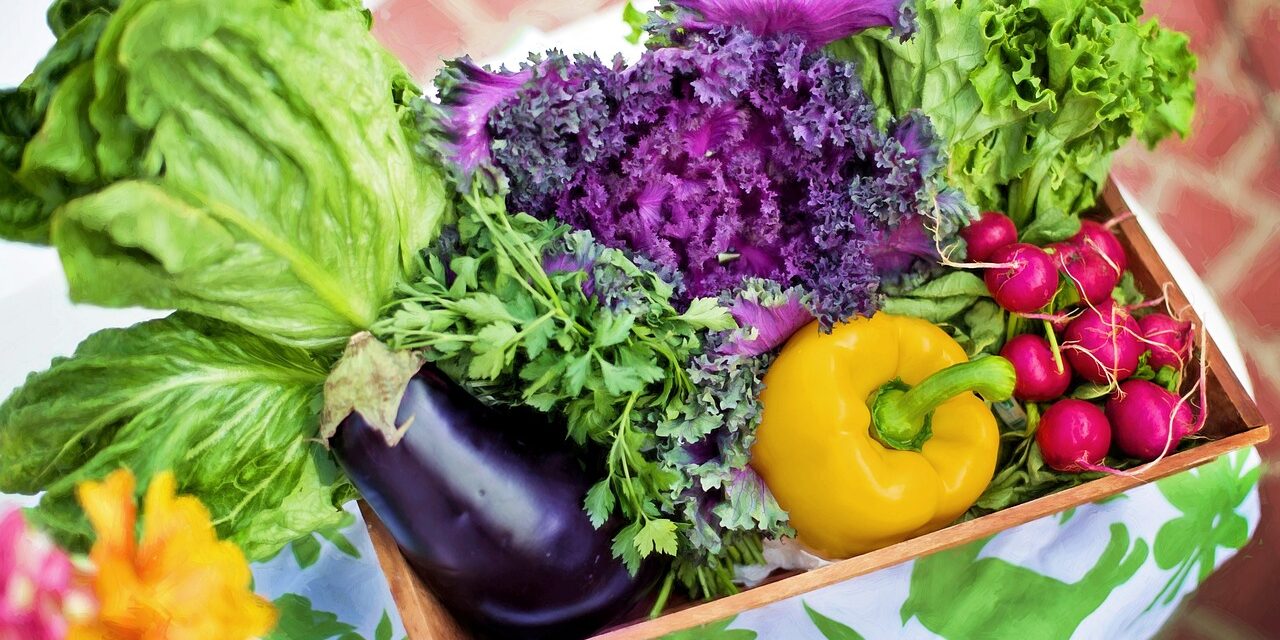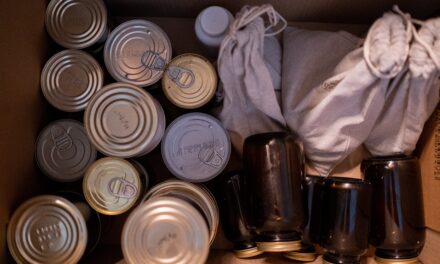In the quest for self-sufficiency and resilience, the ability to grow your own food is a skill of paramount importance. With the world facing unprecedented challenges, from climate change to supply chain disruptions, cultivating a survival garden has become not just a hobby but a necessity for many. This comprehensive guide dives into essential gardening tips for survival food, ensuring that you can secure your food supply in uncertain times.
Gardening for survival is more than just planting seeds and hoping for the best. It’s about strategic planning, understanding the nutritional needs of your family, and optimizing your garden to yield a robust supply of food year-round. Whether you have acres of land or just a small backyard, this article will provide you with the knowledge to start a productive survival garden.
The importance of growing your own survival food cannot be overstated. In scenarios where access to grocery stores is limited or non-existent, a well-planned garden can be the difference between scarcity and abundance. Moreover, gardening offers numerous health benefits, from the physical activity involved in tending to your plants to the nutritional advantages of fresh, organic produce.
As we delve into the world of survival gardening, we’ll explore key concepts such as selecting the right crops for your climate, maximizing your space with vertical gardening techniques, and preserving your harvest for long-term storage. Our goal is to empower you with the skills to establish a resilient food source that can sustain your family through the toughest of times.
Join us as we uncover the secrets to successful survival gardening, from soil preparation to pest management, and everything in between. By the end of this guide, you’ll be equipped with the essential gardening tips needed to cultivate a thriving survival garden that can provide security and nourishment for years to come.
Foundations of a Flourishing Survival Garden
Choosing the Right Crops
Success in survival gardening starts with selecting the right crops. Opt for plants that are not only suited to your climate but also offer high nutritional value and yield. Staples such as potatoes, beans, squash, and leafy greens are excellent choices. Consider the growing season and select varieties that can produce food quickly and, if possible, offer multiple harvests throughout the year.
Soil Preparation and Management
Healthy soil is the cornerstone of any successful garden. Begin by testing your soil to understand its composition and nutrient needs. Incorporate organic matter like compost or manure to improve fertility and structure. Mulching is essential for retaining moisture, regulating soil temperature, and suppressing weeds.
Water Conservation Techniques
Efficient water use is crucial, especially in areas prone to drought. Implement rainwater harvesting systems and consider drip irrigation to deliver water directly to the roots of your plants. Mulching also plays a vital role in minimizing evaporation and conserving water.
Pest and Disease Management
Pests and diseases can devastate a survival garden. Focus on preventive measures such as crop rotation, companion planting, and the use of natural predators. When intervention is necessary, opt for organic pesticides to maintain a healthy ecosystem in your garden.
Maximizing Space with Vertical Gardening
Space is often at a premium, but even the smallest gardens can produce an impressive yield through vertical gardening. Utilize trellises, wall planters, and hanging baskets to grow upwards. This technique is particularly effective for vine crops like tomatoes, cucumbers, and beans.
Advanced Techniques for Year-Round Harvest
Succession Planting
To ensure a continuous supply of food, practice succession planting. This involves staggering planting dates and utilizing fast-maturing varieties to extend the harvest season.
Permaculture Principles
Incorporating permaculture principles can enhance the sustainability and productivity of your garden. Design your garden to mimic natural ecosystems, focusing on biodiversity, the recycling of nutrients, and the conservation of resources.
Preserving Your Harvest
Preserving food for the off-season is a key aspect of survival gardening. Learn techniques such as canning, drying, and fermenting to store your surplus produce. This not only ensures food security during the winter months but also allows you to enjoy the fruits of your labor year-round.
Utilizing Greenhouses and Cold Frames
Extend your growing season with the use of greenhouses and cold frames. These structures can protect your plants from harsh weather, allowing you to grow food even in cooler temperatures.
Summary and Key Takeaways: Cultivating Security Through Gardening
Embarking on the journey of survival gardening is a powerful step towards self-sufficiency and resilience. This guide has equipped you with essential gardening tips to start a survival garden capable of sustaining your family in times of uncertainty. From selecting the right crops to mastering soil management, water conservation, and pest control, you’re now prepared to cultivate a garden that not only feeds the body but also nourishes the soul.
Essential Takeaways for Your Survival Garden:
- Choose Nutrient-Rich Crops: Focus on varieties that offer high yields and nutritional value, suited to your climate and growing conditions.
- Invest in Soil Health: A productive garden starts with fertile, well-managed soil. Regularly amend your soil with organic matter and practice mulching for optimal health.
- Conserve Water: Implement efficient watering practices such as drip irrigation and rainwater harvesting to ensure your garden thrives even in dry conditions.
- Implement Pest Management: Use organic methods for pest and disease control to keep your garden healthy and productive.
- Maximize Space: Utilize vertical gardening techniques to increase yield, even in limited spaces.
- Plan for Continuous Harvest: Through succession planting and the use of greenhouses, you can enjoy fresh produce throughout the year.
- Preserve Your Bounty: Learn preservation techniques to store surplus produce, ensuring food security for your family.
Survival gardening is more than a means of food production; it’s a lifestyle that fosters a deep connection with the earth, promotes physical health, and provides psychological well-being. As you continue to grow and learn, remember that each season brings new lessons and opportunities for growth. Whether you’re a seasoned gardener or a green-thumbed novice, the journey of cultivating your own survival garden is one of the most rewarding experiences you can undertake.
Let this guide be your starting point towards creating a flourishing garden that not only ensures your survival but also enriches your life in countless ways. Happy gardening!







